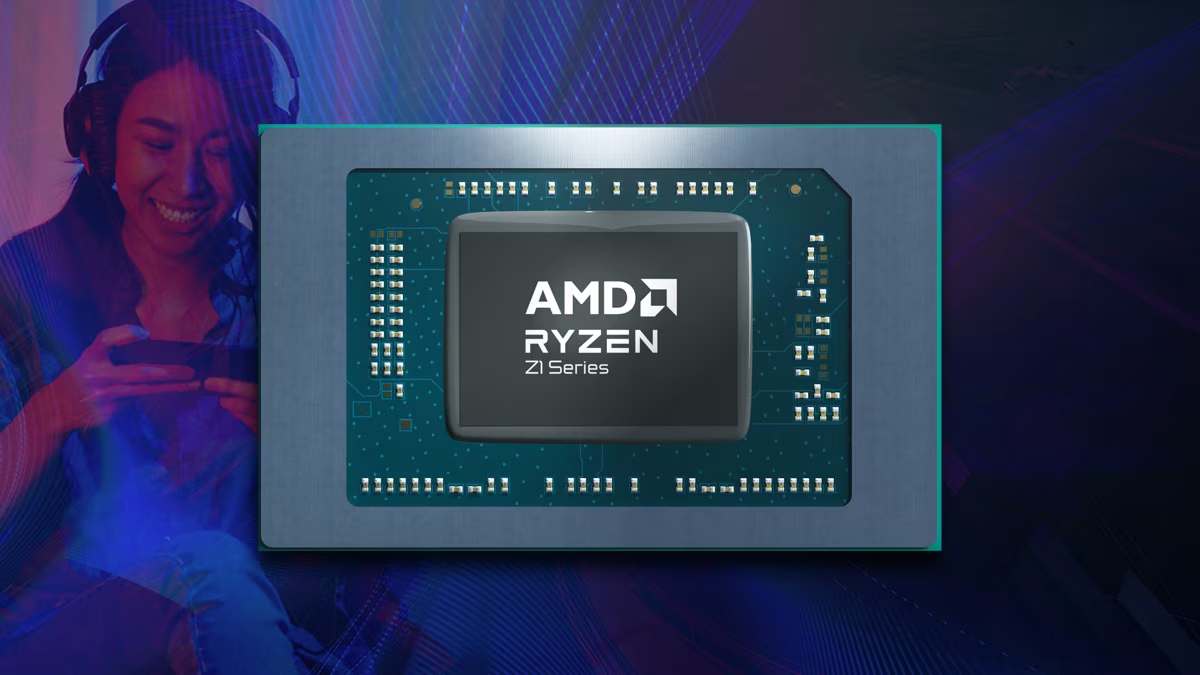AMD sees its next AI chip in mass production later this year

Advanced Micro Devices said Thursday it plans to begin mass production of a new version of its artificial intelligence (AI) chip, the MI325X, in the fourth quarter of the year, as it expands its presence in an Nvidia-dominated market wants to strengthen.
At an event in San Francisco, AMD CEO Lisa Su said the company plans to launch its next-generation MI350 series chips in the second half of 2025. These chips contain a larger amount of memory and will feature a new underlying architecture that AMD said will significantly improve performance over the previous MI300X and MI250X chips.
The announcements were broadly expected based on AMD revelations earlier this year. They failed to cheer investors, who sent AMD shares down nearly five percent in afternoon trading. Some analysts attributed the decline to the lack of major new cloud computing customers for the chips.
Shares of rival Nvidia rose 1.5 percent, while Intel fell 1.6 percent.
Demand for AI processors from major tech companies like Microsoft and Meta Platforms far exceeds the supply from Nvidia and AMD, allowing the semiconductor companies to sell as much as they can produce.
That’s led to a huge rally in chip stocks over the past two years, with AMD’s shares up about 30 percent since a recent low in early August.
“No new customers have been announced so far,” said Summit Insights research analyst Kinngai Chan, adding that shares had risen ahead of the event in anticipation of “something new.”
Santa Clara, California-based AMD said suppliers such as Super Micro Computer would start delivering its MI325X AI chip to customers in the first quarter of 2025. The AMD design is intended to compete with Nvidia’s Blackwell architecture.
The MI325X chip uses the same architecture as the already available MI300X, which AMD launched last year. The new chip contains a new type of memory that AMD says will speed up AI calculations.
AMD’s next-generation AI chips will likely put further pressure on Intel, which has struggled to implement a coherent AI chip strategy. Intel has forecast AI chip sales of over $500 million (approximately Rs. 4,203 crore) by 2024.
New server, PC chips
AMD’s Su also said at the event that the company currently has no plans to use contract chip manufacturers outside of Taiwan’s TSMC for advanced manufacturing processes, which are used to produce high-speed AI chips.
“We would like to use more capacity outside of Taiwan. We are very aggressive in using the TSMC facility in Arizona,” Su said.
AMD also unveiled several networking chips that will help speed up the movement of data between chips and systems within data centers.
The company announced the availability of a new version of its server central processing unit (CPU) design. The family of chips previously codenamed Turin includes a version of one designed to feed data to graphics processing units (GPUs) – which will speed up AI processing.
The flagship chip features nearly 200 processing cores and is priced at $14,813 (approximately Rs. 12.45 lakh). The entire range of processors uses the Zen 5 architecture that offers speed gains of as much as 37 percent for advanced AI data crunching.
In addition to the data center chips, AMD has announced three new PC chips aimed at laptops, based on the Zen 5 architecture. The new chips are tailored to run AI applications and can run Microsoft’s Copilot+ software.
In July, AMD raised its AI chip forecast for this year from its previous target of $4 billion (about Rs. 33,630 crore) to $4.5 billion (about Rs. 37,834 crore). Demand for its MI300X chips has soared due to the frenzy around building and deploying generative AI products.
This year, analysts expect AMD to report data center revenue of $12.83 billion (approximately Rs. 10,78,711 crore), according to LSEG estimates. Wall Street expects Nvidia to report data center revenue of $110.36 billion (approximately Rs. 9,27,877 crore). Data center revenues are a proxy for AI chips needed to build and run AI applications.
Analysts’ rising earnings expectations have kept the valuations of AMD and Nvidia in check, despite the share price increase. Both companies trade at more than 33 times their forward 12-month earnings estimates, compared to the S&P 500’s 22.3.
© Thomson Reuters 2024
(This story has not been edited by NDTV staff and is auto-generated from a syndicated feed.)




